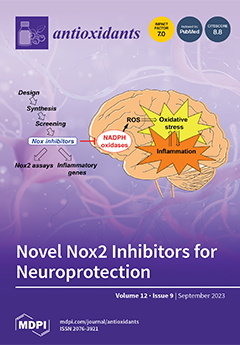This study aimed to investigate the effects of dietary tannic acid (TAN) on the gas production, growth performance, antioxidant capacity, rumen microflora, and fermentation function of beef cattle through in vitro and in vivo experiments. TAN was evaluated at 0.15% (dry matter basis,
[...] Read more.
This study aimed to investigate the effects of dietary tannic acid (TAN) on the gas production, growth performance, antioxidant capacity, rumen microflora, and fermentation function of beef cattle through in vitro and in vivo experiments. TAN was evaluated at 0.15% (dry matter basis, DM) in the in vitro experiment and 0.20% (DM basis) in the animal feeding experiment. The in vitro results revealed that compared with control (CON, basal diet without TAN), the addition of TAN significantly increased the cumulative gas production and asymptotic gas production per 0.20 g dry matter substrate (
p < 0.01), with a tendency to reduce methane concentration after 96 h of fermentation (
p = 0.10). Furthermore, TAN supplementation significantly suppressed the relative abundance of
Methanosphaera and
Methanobacteriaceae in the fermentation fluid (LDA > 2.50,
p < 0.05). The in vivo experiment showed that compared with CON, the dietary TAN significantly improved average daily gain (+0.15 kg/d), dressing percent (+1.30%), net meat percentage (+1.60%), and serum glucose concentration (+23.35%) of beef cattle (
p < 0.05), while it also significantly reduced hepatic malondialdehyde contents by 25.69% (
p = 0.02). Moreover, the TAN group showed significantly higher alpha diversity (
p < 0.05) and increased relative abundance of
Ruminococcus and
Saccharomonas (LDA > 2.50,
p < 0.05), while the relative abundance of
Prevotellaceae in rumen microbial community was significantly decreased (
p < 0.05) as compared to that of the CON group. In conclusion, the dietary supplementation of TAN could improve the growth and slaughter performance and health status of beef cattle, and these favorable effects might be attributed to its ability to alleviate liver lipid peroxidation, enhance glucose metabolism, and promote a balanced rumen microbiota for optimal fermentation.
Full article






